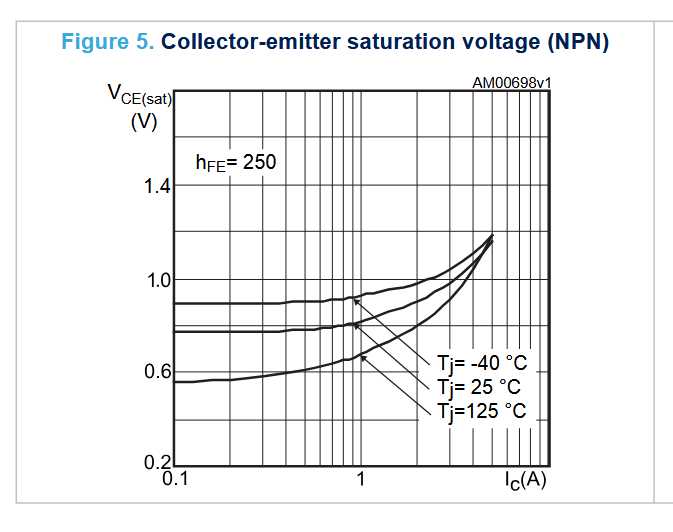
Can a voltage regulator boost your alternator output?
Share
How much can a good voltage regulator boost alternator output?
I had one gearhead ask if a better voltage regulator could help with an alternator that was not putting out enough current to charge the battery while idling with a large electric fan. And the answer was - a better voltage regulator may not be able to do much, but it's possible to get around a 10% gain between a well designed voltage regulator and one built around older components that might turn up in an older design.
The technical details
The main place you could look for gains is the transistor that controls the field coil. If your engine is idling and the current draw is high, the voltage regulator will have this transistor switched fully on and will hold it on. So the question to look into is: Would a better output transistor have a better "fully on" than an outdated choice?
A modern MOSFET is going to have almost no voltage drop. Let's contrast this with an older transistor that could accomplish the job - the TIP120. These were one of the first transistors that could switch a lot of current from a very small input signal. As a result, they've been a go-to for decades for driving heavy DC electrical loads. They're tough, cheap, widely available, and easy to design a circuit around. So what's not to like?
This.

This chart shows how much voltage drop (Vce) you will get across a TIP120 depending on the current (Ic) and temperature. Original Mopar alternator field coils typically draw 2 amps, while some rebuilds can draw double that. And the dropped voltage is voltage that isn't available to the alternator's field coil.
Suppose you have an original alternator that draws 2 amps, and you're seeing 12.5 volts at idle, around room temperature. This TIP120 is going to have about 0.9 volts of voltage drop, leaving 11.6 volts across the field coil.
Alternator output is more or less proportional to the field coil voltage, for a given RPM. And a more modern MOSFET transistor will have almost zero voltage drop, so you're going to get the full 12.5 volts. 12.5 is 7.8% more than 11.6, so this improved voltage regulator will give you 7.8% more current. This may help a little, but it's not much.
Can you check if there's anything to be gained?
On classic cars with external voltage regulators, you can check with a volt meter (newer cars with the regulator built into the ECU, one wire alternators, or other more complex setups will be harder, though). Have the key in Run but the engine off. This will lock the regulator on fully.
If the regulator grounds the field coil, like the factory Mopar solid state regulators, measure the voltage from the alternator terminal that connects to the regulator to ground. If the regulator supplies power to the coil, measure the voltage between the ignition and field terminals of the regulator. The more the voltage difference you measure, the more there is to gain - but 1 volt means there's less than 10 percent that might be gained.
A better voltage regulator can be more durable. It can let you adjust your alternator voltage. But it won't do much to squeeze more current out of your alternator.
